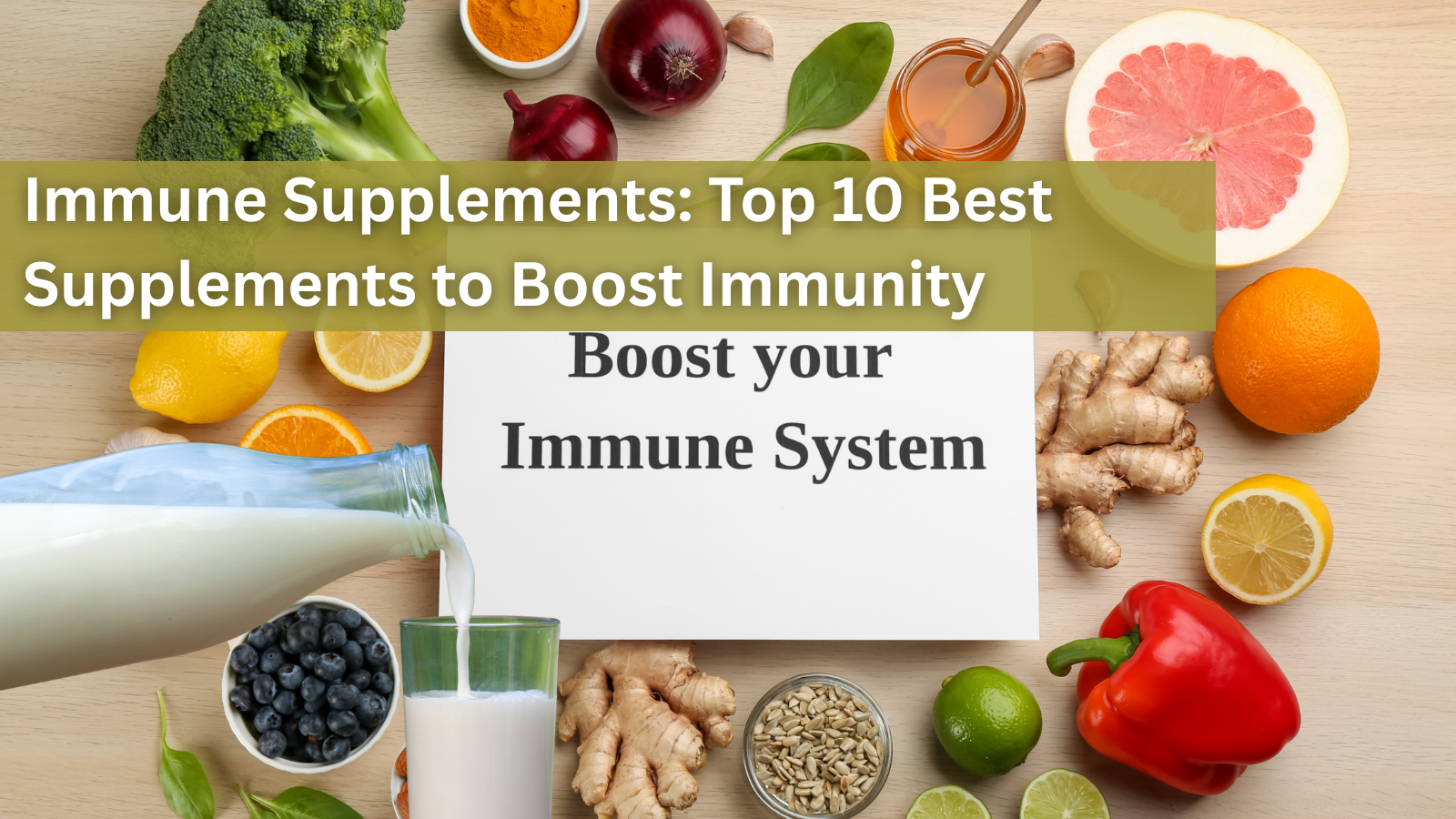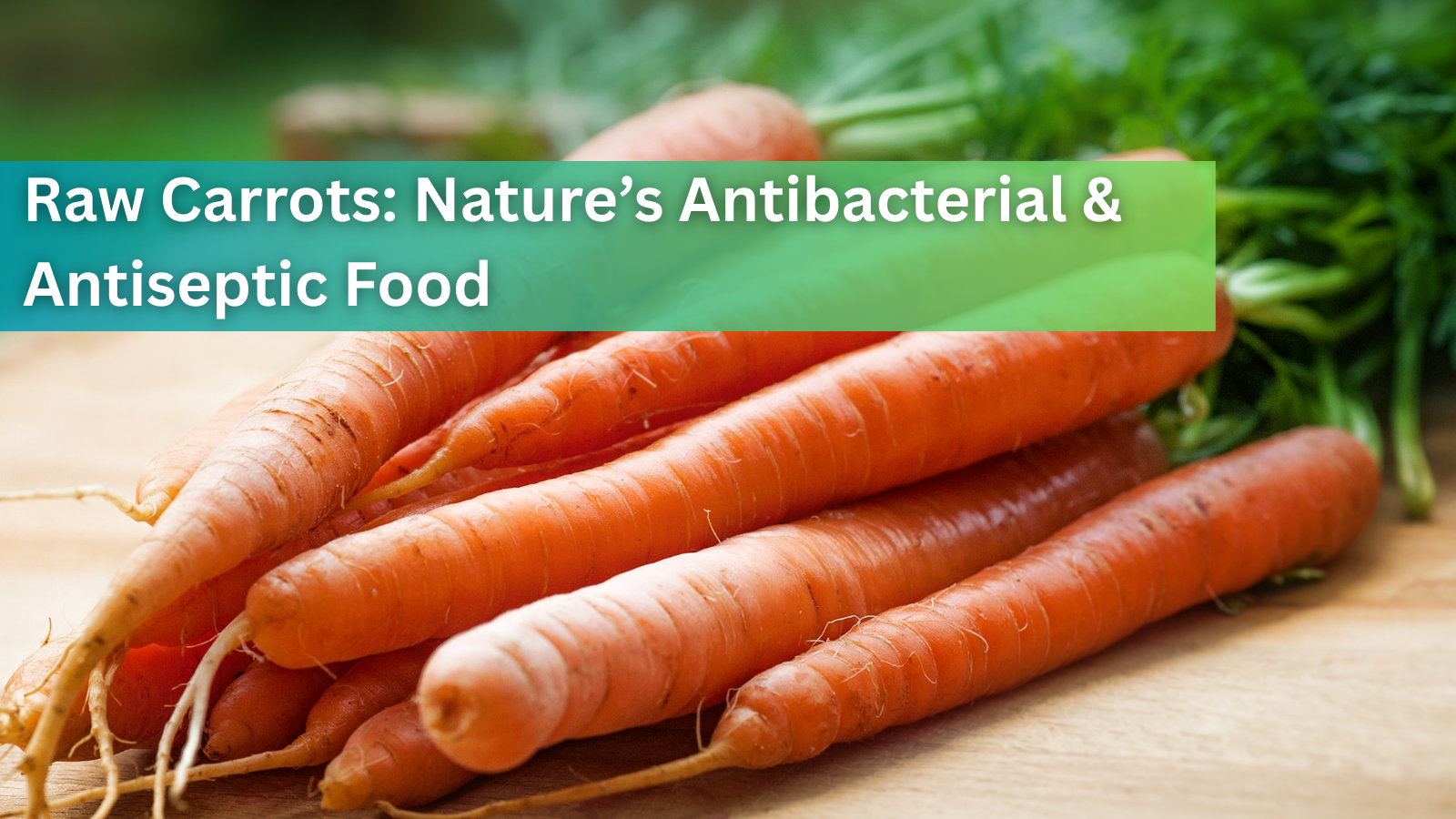The Danger of Acetaminophen: Bad News for Your Liver

From time to time, we all experience pain. Whether it’s from the occasional pulled muscle, monthly menstrual cramps, or recovery from an injury, we just want to make it go away – and fast!
Our culture has made it customary to seek relief by pill popping. And it’s easy to do with a plethora of over the counter pain medications available today designed to fit our preferences – liquid, capsule, tablet, chewable, flavored, non-drowsy, for daytime, for nighttime.
The OTC drug industry shows no signs of slowing down, even as wise consumers are starting to re-think what goes into those OTC concoctions and the potential harm extended use can cause, like side effects, exposure to toxins and permanent organ damage.
And one of the big offenders is acetaminophen, which can also be lurking on your drug facts panel under the name paracetamol.
Why We Fell for Acetaminophen's Promises of Pain Relief
Acetaminophen falls under the drug classifications of pain reliever (analgesic) and fever reducer (antipyretic). It relieves pain by elevating your pain threshold and reduces fever by chemically telling the brain’s heat-regulating center to lower body temperature when it’s elevated.
Acetaminophen has been available as a non-prescription pain reliever in the US since the 1960s. The list of generic drugs containing acetaminophen has names you’ve most likely heard of including Tylenol, Excedrin, Sudafed, Midol, and Nyquil.
And although its discovery has brought relief to millions over the years, it’s not without a dark side that pharmaceutical companies don’t like to highlight. According to LiverTox, more than 25 billion doses of acetaminophen are sold each year in the US alone.It’s easy to see why we’re drawn to this miracle drug. It’s readily available without a prescription. It’s affordable. It comes in formulas deemed safe for children. It can be combined with decongestants, antihistamines, and sleep aids to combat colds and allergies. And it can mean relief from minor pain and fever, curtailing a trip to your doctor’s office.
Acetaminophen Causes Liver Damage
The drug manufacturers and even some physicians claim acetaminophen is harmless at low doses. However, it can be toxic to your liver at higher doses or when used for prolonged periods. Acute liver damage and even death from acute liver failure is a possibility.
Hepatotoxicity, or chemical-driven liver damage, is a cause of both acute and chronic liver disease. As a main filter organ, the liver clears out toxins and wastes from the body. But if the liver becomes overwhelmed, damage can ensue.
Acetaminophen itself is not the likely cause of said damage, rather it’s the metabolite n-acetyl-p-benzoquinone imine (NAPQI) produced by liver enzymes during the break down of acetaminophen. Under normal conditions NAPQI interacts with glutathione to be detoxified and excreted. But taking too much acetaminophen increases the level of NAPQI and can short circuit the detoxification process, leading to liver cell damage.
Acetaminophen doses of four grams daily can lead to elevated serum aminotransferase, an increase of liver enzymes recognized as an indicator of liver damage. Someone with severe or chronic pain might be taking larger or more frequent doses than suggested. Just 3-7 days of high or frequent dosing can start the damage, which generally has no symptoms to alert you that something could be wrong.
The FDA makes manufacturers of OTC acetaminophen products note the potential damage to the liver on drug packaging:
“Liver warning:This product contains acetaminophen. Severe liver damage may occur if you take • more than 4,000 mg of acetaminophen in 24 hours • with other drugs containing acetaminophen • 3 or more alcoholic drinks every day while using this product.”
Acetaminophen is present in several prescription drugs including: Hydrocet, Hydrocodone, NORCO, Oxycodone, Percocet, Tapanol, Vicodin, and Zydone.
Even when sticking to the manufacturer’s suggested use, if combined with other acetaminophen-containing drugs, consumers may be unaware of how much acetaminophen they’re actually ingesting. Overdose from prescription combination products containing acetaminophen account for nearly half of all cases of acetaminophen-related liver failure in the US.
Reversing the Damage
Too much acetaminophen doesn’t have to mean a death sentence. The liver is a regenerating organ, meaning damaged sections can be regrown to return functionality. Minor aminotransferase elevation can be resolved by discontinuing acetaminophen, often without lasting effects.
An acetaminophen overdose, however, can cause acute liver injury and liver failure that can result in death or the need for a liver transplant. According to LiverTox, acetaminophen is the major cause of acute liver failure in the US, Europe, and Australia.
Liver damage from acetaminophen may be prevented or reversed with a substantial increase of glutathione in the liver. This can be done with n-acetyl cysteine (NAC), a non-prescription amino acid derivative that is a precursor to glutathione production. In fact, it’s standard practice to administer NAC in cases of acetaminophen overdose. Details of administration and assistance can be obtained from Poison Control Centers.
So if you’re taking OTC or prescription drugs with acetaminophen, it may be wise to take NAC to counteract the toxic effects to your liver.
Other Unwanted Acetaminophen Side Effects
Liver damage aside, pain medications are notorious for causing constipation. If you’re taking pain meds, including acetaminophen, be sure to boost your fiber intake and drink plenty of water to keep things moving.
Other unpleasant side effects may include nausea, itchiness or rash, drowsiness, or a sluggish mental state.
Skip the Drugs, Try These Natural Pain Relievers
Acute and chronic pain management doesn’t have to mean pumping your system with potentially toxic chemicals. There are a number of natural solutions that are toxin-free, addiction and dependency-free, readily available (most without prescription), and affordable even if your insurance won’t cover them. Talk to a naturopathic doctor about customizing a pain management plan that incorporates these alternative pain relief practices to suite your needs.
Alternative Pain Relief Therapies: Massage, acupuncture, cupping, and chiropractic sessions can promote blood circulation and influence processes that regulate immune function to help the healing process.
Medical Marijuana & CBD: Cannabis can be taken in a variety of forms, including consumables, smoked, vaporized, or applied as a topical cream. There is strong opposition from Big Pharma to legalize marijuana in the US because that would eat away at their bottom line if cannabis took the place of many synthetic drugs that provide the same benefits for pain management, anxiety disorders, sleep disorders and seizures.
If marijuana isn’t an option for you, CBD products in the natural healthcare realm are booming. Cannabidiol (CBD) products do not contain the chemical THC, which is what causes the feeling of getting high when using traditional cannabis. CBD oil is said to reduce pain and lower inflammation.
Ice and Heat: Use ice for acute injuries to minimize blood flow and reduce swelling and pain. Use heat to loosen muscles and stiff joints and to help regain mobility.
Supplements: A number of herbs, essential oils, and other nutraceuticals can help to relieve minor pain and inflammation. Curcumin, ginger, bromelain and the omega-3fatty acid DHA can help to inhibit prostaglandins that trigger pain, fever, and inflammation. Topical applications with essential oils or capsaicin (mix with a carrier oil first) can dull the pain of sore muscles.
Make the switch to natural pain relievers for your liver’s sake. Ditch the manufactured chemicals in pharmaceutical pain medications that pollute the body, cause side effects, and make your body work harder to metabolize. You’ve got options galore to customize a natural pain management plan.

September 27, 2025
Immune Supplements: Top 10 Best Supplements to Boost Immunity
Are you looking for effective ways to enhance your body’s natural defense? Immune supplements have become popular choices to support the immune system booster function, especially in times of increased illness risk. With so many products...
Read more
September 27, 2025
Cell Phone and WiFi Safety: How to Prevent and Treat EMF Damage and Electrosensitivity
Electrohypersensitivity (EHS), often called electrosensitivity, has been a polarizing and increasingly relevant issue over the past decade and a half. Since the number of people identifying with these symptoms continues to grow exponent...
Read more
September 27, 2025
Raw Carrots: Nature’s Antibacterial & Antiseptic Food
For most of us, carrots are simply a crunchy snack or a source of vitamin A. But according to researcher Ray Peat, PhD, raw carrots offer something more unusual: they act as a kind of natural antiseptic inside the gut, helping to contro...
Read more




Leave a comment